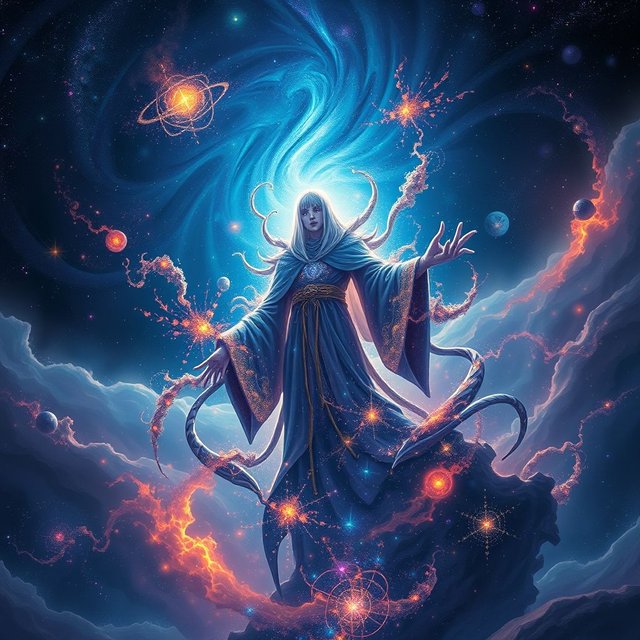 The Theory of Chaos: Order Within Disorder
The Theory of Chaos: Order Within DisorderChaos theory, a revolutionary field in mathematics and physics, explores how deterministic systems — governed by fixed laws — can exhibit unpredictable and seemingly random behavior due to extreme sensitivity to initial conditions. This paradox, where order and disorder coexist, challenges traditional views of predictability in nature.
The theory gained prominence through meteorologist Edward Lorenz in the 1960s. While modeling weather patterns, Lorenz discovered that minute changes in initial data, like rounding errors, led to drastically different outcomes. This phenomenon, metaphorically termed the "butterfly effect," illustrates how a butterfly’s wing flap might cascade into a distant storm. Lorenz’s work revealed that even in deterministic systems (where future states are determined by initial conditions), long-term prediction is often impossible due to exponential growth of tiny uncertainties.
Chaos arises in nonlinear systems, where outputs aren’t proportional to inputs. Unlike linear systems, which are straightforward, nonlinear systems like weather, fluid turbulence, or ecosystems can behave unpredictably. Remarkably, this chaos isn’t randomness but structured complexity. For instance, animal populations may fluctuate chaotically yet follow mathematical models, such as the logistic map, highlighting inherent patterns within apparent disorder.
Visualizing chaos often involves fractals—infinitely self-similar patterns found in nature, like coastlines or ferns. Strange attractors, another key concept, are fractal-shaped paths that chaotic systems follow, such as the iconic Lorenz attractor, depicting orderly geometry within turbulent dynamics.
Applications span diverse fields: meteorology embraces chaos to improve weather models; ecology uses it to predict population dynamics; medicine studies chaotic heart rhythms; and engineering stabilizes chaotic systems in lasers or circuits. Each application leverages understanding underlying order to manage unpredictability.
Philosophically, chaos theory bridges determinism and free will, suggesting a universe governed by laws yet inherently uncertain. It humbles human ambition for control, emphasizing nature’s nuanced balance between predictability and spontaneity.
In conclusion, chaos theory reshapes our understanding of complexity, revealing profound order within apparent chaos. It underscores the beauty of interconnected systems, fostering innovation across sciences and inspiring a deeper appreciation for the unpredictable tapestry of existence.